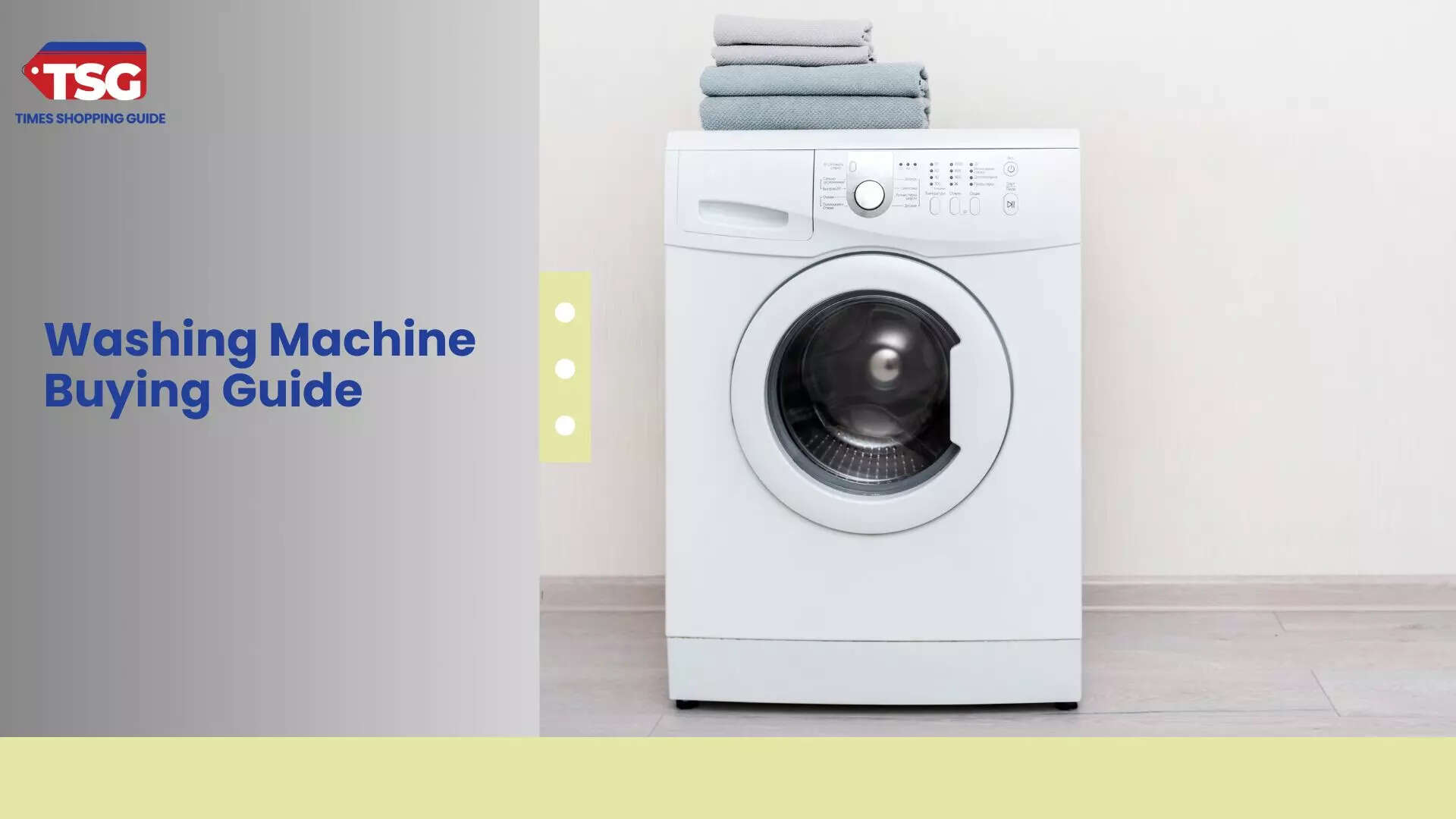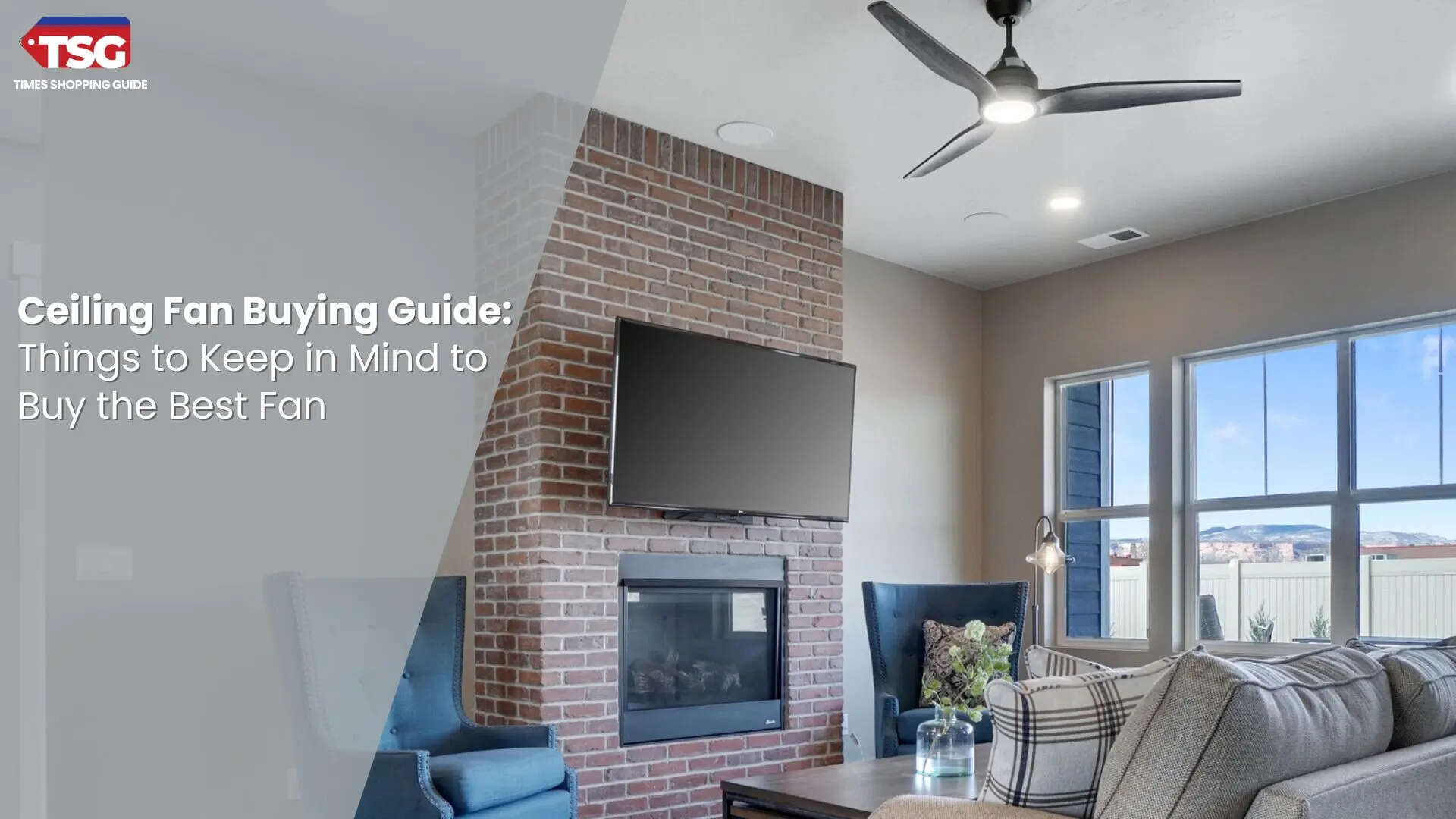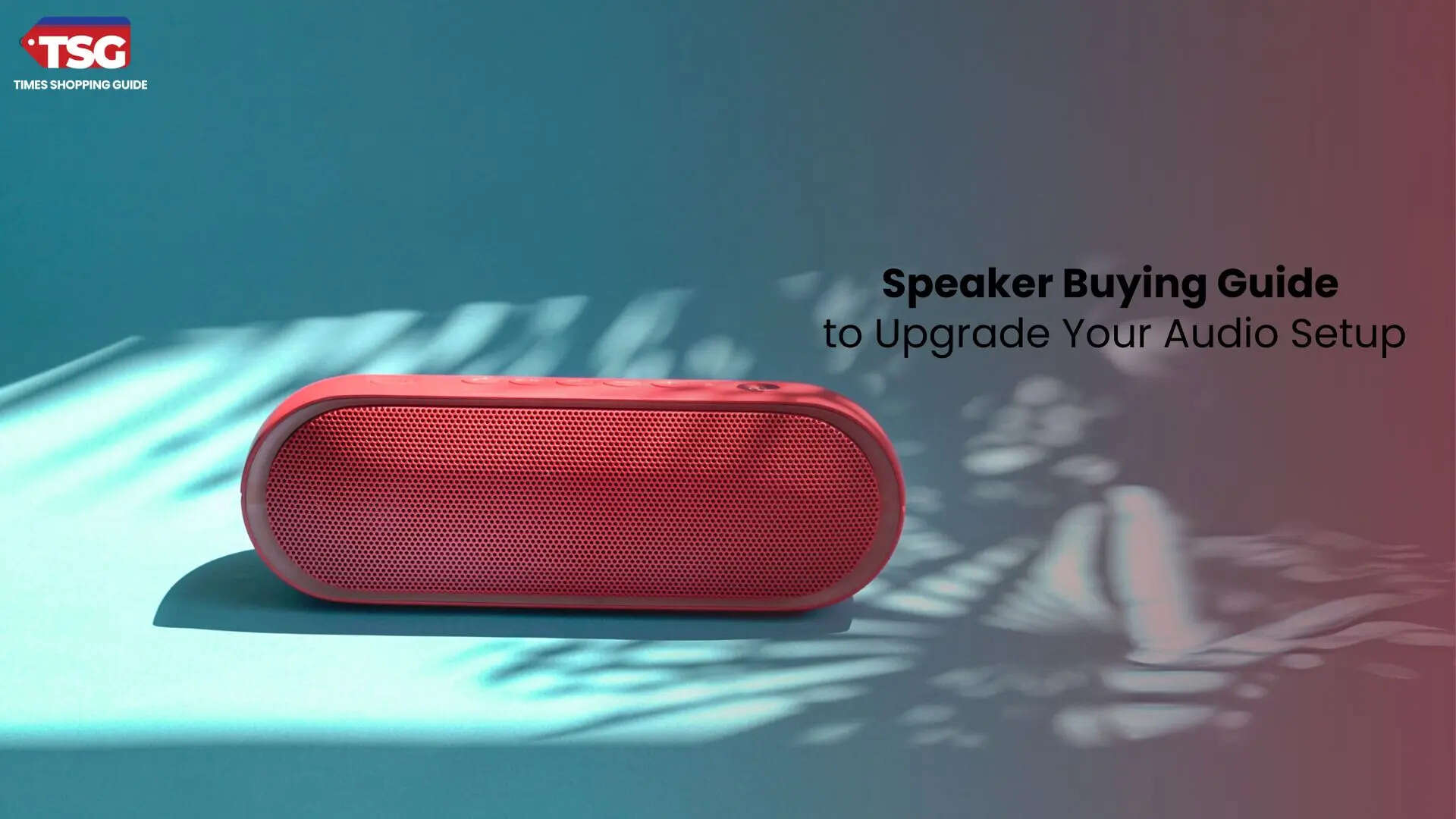- home
- electronics
- buying guides
- washing machine buying guide features to ensure hygiene and effective washing
Washing Machine Buying Guide: Features to Ensure Hygiene and Effective Washing
Are you planning to buy the best washing machine in India, but are many options making it challenging to choose one? Look at this buying guide and learn the micro details about your concern and related products. From top load to front load, semi-automatic to fully automatic, and 6kg to 11kg, which is the best washing machine for you?

Well! To help you make your purchase hassle-free, we have created this washing machine buying guide that covers all the prominent concerns, from budget buyers to high-end customers. Have a look!
Washing Machine Buying Guide: Budget
When buying anything, budget is the basic decision every buyer must make. Your budget determines the type of washing machine you can consider. Knowing your budget will help you narrow down your options and focus on models that fit your finances and needs. The washing machine price starts from Rs 8,000.
- Top 2 Choices
a. Under 10000: Samsung 6 kg, 5 Star, Semi-Automatic Top Load Washing Machine
b. Over 30000: LG 7 Kg 5 Star Inverter Touch Control Fully-Automatic Front Load Washing Machine
Washing Machine Buying Guide: Loading Type
When you look to buy a washing machine, you will find two types of designs – front load and top load.
1. Front load washing machine
A front-load washing machine is a fully automatic washing machine designed with a front door or lid for you to load and remove laundry. These machines are known for their efficiency, effectiveness, and the quality of washing they provide.
- Top 2 Choices
a. Bosch 7 kg 5 Star Inverter Touch Control Fully Automatic Front Loading Washing Machine
b. Samsung 6.0 Kg Inverter 5 star Fully-Automatic Front Loading Washing Machine
2. Top load washing machine
A top load washing machine can be a fully automatic washing machine or semi automatic one in which you load the laundry and take it out through a lid or door on the top of the machine. These machines are known for their ease of use and are a popular choice in many homes.
- Top 2 Choices
a. LG 8 Kg 5 Star Inverter TurboDrum Fully Automatic Top Loading Washing Machine
b. Panasonic 6.5 Kg 5 Star Fully-Automatic Top Load Washing Machine
Washing Machine Buying Guide: Operation Type
When you search for the best washing machine in India, it is critical to understand which is the worthy choice. There are 2 main types of washing machines for small to large family daily needs.
1. Semi-automatic washing machine
A semi-automatic washing machine is a type of washing machine that combines manual washing and automatic washing functions. This is an entry-level washing machine that will do your daily tasks but with a little manual effort. Semi-automatic washing machines are environmentally friendly. The only thing that makes buying a semi-automatic washing machine cheaper.
- Top 2 Choices
a. LG 7 Kg 5 Star Semi-Automatic Top Loading Washing Machine
b. Whirlpool 6 Kg 5 Star Superb Atom Semi-Automatic Top Loading Washing
2. Fully automatic washing machine
Currently, Fully Automatic is leading in the best washing machines in India list that can do everything itself as its name says. Fully automatic washing machines perform every step with just one touch, from filling to washing, rinsing, spinning and even drying. The machine does everything automatically, conveniently, and user-friendly, requiring just a little manual intervention.
- Top 2 Choices
a. Samsung 7 kg, 5 star, Eco Bubble Technology
b. LG 6.5 Kg 5 Star Inverter Turbodrum Fully Automatic
Washing Machine Buying Guide: Capacity
The capacity of a washing machine is a critical factor to consider when purchasing one, as it directly impacts how much laundry you can wash in a single cycle. Understanding the role of capacity in a washing machine is essential to ensure that the machine meets your household's specific laundry needs.
Washing Machine Buying Guide: Size
The best washing machine is the one that best suits you and your family. Although washing machine capacity is indicative of average trends, if you wash less frequently or tend to use larger loads then you need a washing machine with a larger capacity. But if you go as a couple or live alone, a small or medium-capacity washing machine is enough.
- Top 3 Choices
a. For Couple/Single: LG 6.5 Kg 5 Star Inverter Turbodrum Fully Automatic Top Loading Washing
b. For Small Family: Samsung 7 kg Fully-Automatic Top Loading Washing Machine
C. For Large Families: LG 9 Kg 5 Star Inverter Fully-Automatic Top Load Washing Machine
Washing Machine Buying Guide: Inverter Technology
Inverter technology is the best washing machine because it refers to the use of an inverter motor to drive the drum of the machine. Inverter motors are more energy efficient because they only use the amount of energy needed to complete the task. It operates with less noise and vibration than traditional motors.
- Top 2 Choices
a. Samsung 6.0 Kg Inverter 5 star Fully-Automatic Front Loading Washing Machine
b. LG 7 Kg 5 Star Inverter Touch Panel Fully-Automatic Front Load Washing Machine
Washing Machine Buying Guide: Wash Programs
The wash programs in a washing machine refer to the preset cycles or settings that determine how the machine will wash and rinse your clothes. These programs suit different fabric types, soiling levels, and washing needs. Therefore, you should review the programs offered and determine whether they are right for you or not.
Washing Machine Buying Guide: In-built Heater
The best washing machines in India have built-in heaters that manage water temperature. This will be very useful when washing large volumes of blankets, warm clothes, etc. in winter. Hot water also helps keep clothes cleaner. Some machines have a steam setting, which effectively fights stains and dirt.
- Top 2 choices
a. Bosch 7 kg 5 Star Inverter Touch Control Fully Automatic Front Loading Washing Machine with Inbuilt Heater
b. LG 7 Kg 5 Star Inverter Touch Panel Fully-Automatic Front Load Washing Machine with In-Built Heater
Washing Machine Buying Guide: Energy Efficiency
The energy efficiency of a washing machine is an important factor to consider when purchasing a new one. Energy-efficient washing machines offer many benefits, both in terms of cost savings and environmental impact. They use less water and electricity, which can save you money in the long run. It is always a good idea to choose a machine with a 4—or 5-star energy rating.
Washing Machine Buying Guide: Setting Options
The best washing machine in India offers you various setting options and cycles designed to suit your fabric types, soiling levels, and washing needs. These settings allow you to customize your wash to achieve the best results while saving energy, water, and time.
Features of Washing Machine to Consider
In addition to the technologies listed, don't forget to consider some of the latest features that will make your laundry easier when buying a washing machine. Check your washing machine's features to make sure it meets your needs.
a. Fuzzy logic: If you think choosing settings is complicated, this fuzzy logic will significantly help you. This function of the washing machine automatically selects the best washing mode, depending on the quality of the clothes you are washing. Additionally, fuzzy logic detects the weight of the laundry and then determines the amount of time, detergent, and water required to clean the load.
b. Quick wash: This wash feature is ideal for everyday use, small loads, or when you have a deadline.
c. Drum/tub type: Stainless steel pipes are the most durable because they can withstand high speeds, followed by plastic pipes that do not chip or rust like enamelled pipes.
d. Spin dry: This feature helps you quickly dry your clothes. It ensures better drying of your clothes by rotating them quickly in the drum.
e. RPM selection: The RPM of a washing machine is an important factor to consider, as it can significantly affect its performance and efficiency.
f. Pre-soak: The washing machine's pre-soak feature allows you to soak the laundry in water and detergent before starting the regular wash cycle. This can be especially useful for heavily soiled clothes or stubborn stains.
g. Time delay: This feature helps you personalize your time even when you are not at home.
h. LED/LCD: The LED/LCD is an advanced digital interface that provides users with an intuitive interface to select wash cycles, customize settings, and monitor wash cycle progress.
How to Maintain the Washing Machine?
Proper washing machine maintenance is essential to ensure that it continues to operate efficiently and effectively and to prolong its lifespan.
1. Regularly clean the drum and door seals to prevent mould and cleaning residue from forming.
2. Remove and clean the lint filter after every wash or at least periodically.
3. Clean detergent and fabric softener containers to prevent clogs and residue in the washing machine.
4. Run an empty hot water cycle using vinegar or washer cleaner to remove odours and build-up inside your washer.
5. Make sure the hose is correctly connected to the water supply. If you notice any damage or leaks, replace it immediately.
6. A flat surface is critical for a washing machine to run long. Therefore, the levelling feet must be adjusted to stabilize the machine.
7. Use the type and amount of detergent as the manufacturer recommends.
8. Avoid overloading your washing machine.
9. If you add a cleaning cloth, we recommend cross-checking to ensure it does not contain objects that could damage the pump or drum, such as keys, pens, money, etc.
10. Some parts, such as rubber door seals and inlet hoses, have a limited lifespan. Please consider replacing it regularly to prevent problems.
FAQ: Washing Machine Buying Guide
1. How do I choose a washing machine?
To choose the best washing machine for your home use, you should check its capacity, efficiency, wash programs, operation type, etc.
2. What is most important when buying a washing machine?
The first thing you should look for is their budget and capacity; it will make your purchase worthwhile.
3. Which brand is best to buy a washing machine?
To experience overall best while using your washing machine, you should go for models like:
a. LG 7 Kg 5 Star Inverter Touch
b. Samsung 7 kg, 5 star, Eco Bubble Technology
c. Bosch 7 kg 5 Star Fully-Automatic Front Loading Washing Machine
Disclaimer: Times Shopping Guide is committed to bringing you the latest products from the best brands. Our selection is based on market research and positive consumer feedback. Times Shopping Guide is also a part of an affiliate partnership. In line with this, we may receive a portion of the revenue from your purchases. Please note that the product prices are subject to change based on the retailer's deals.












